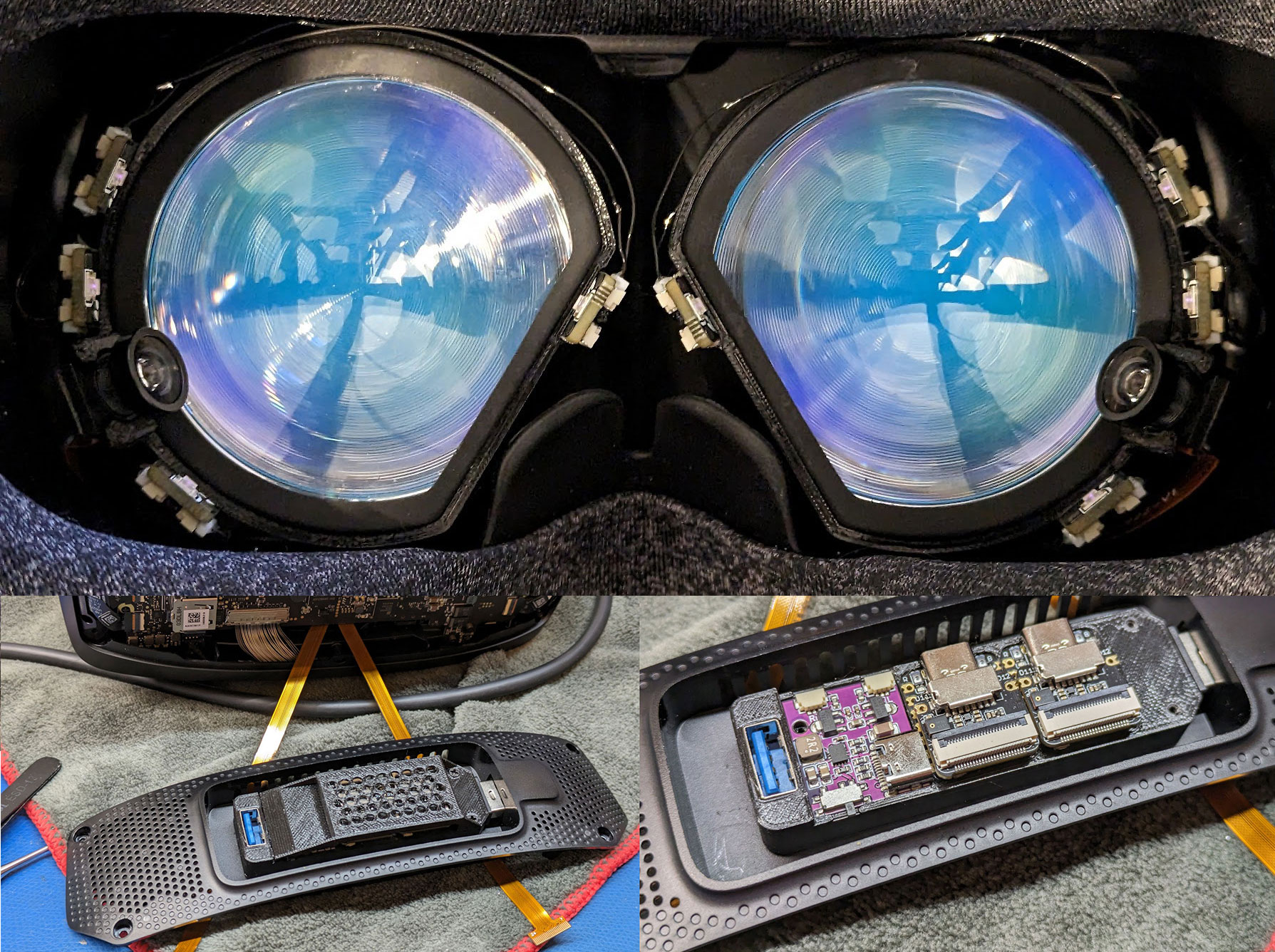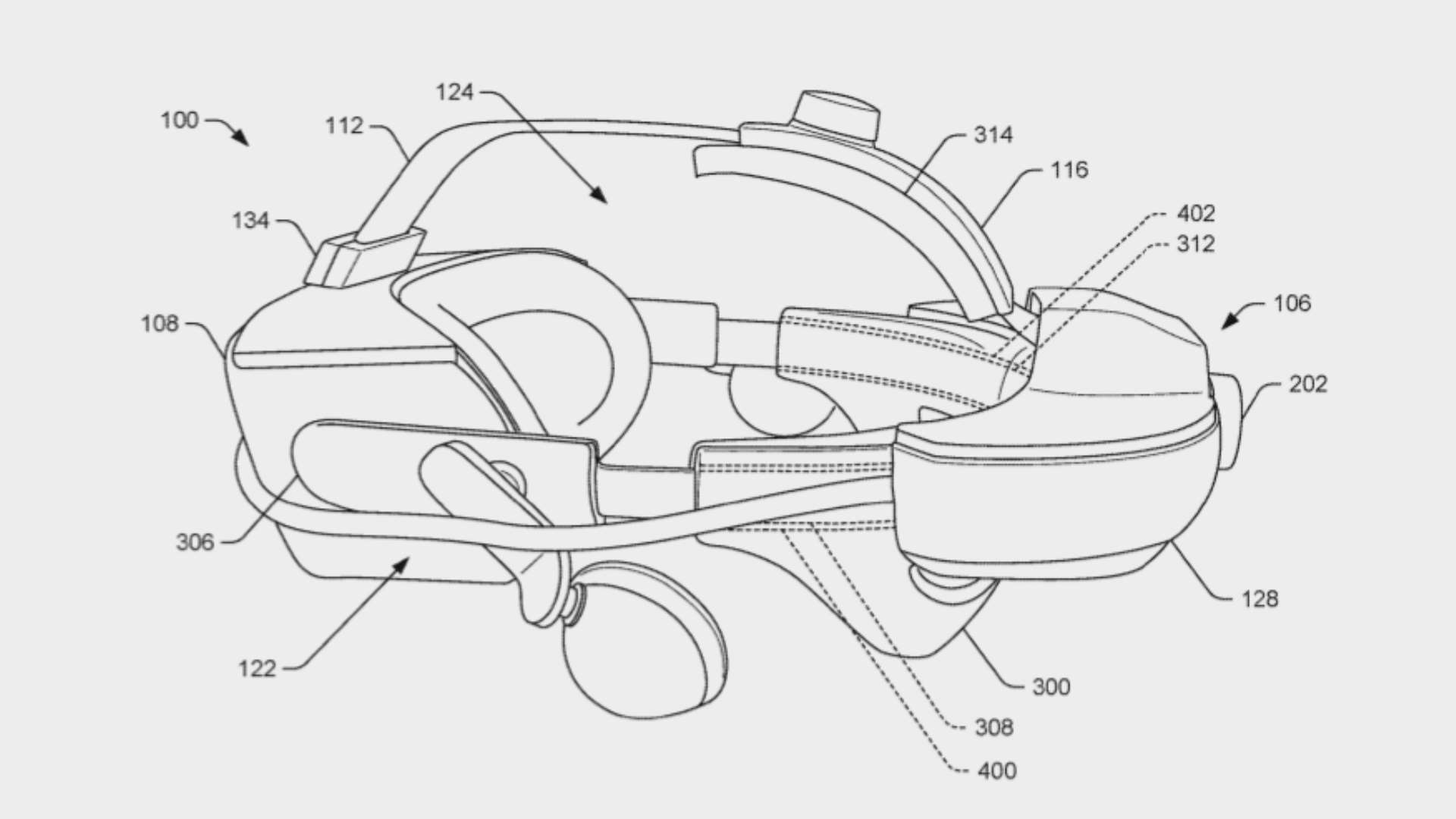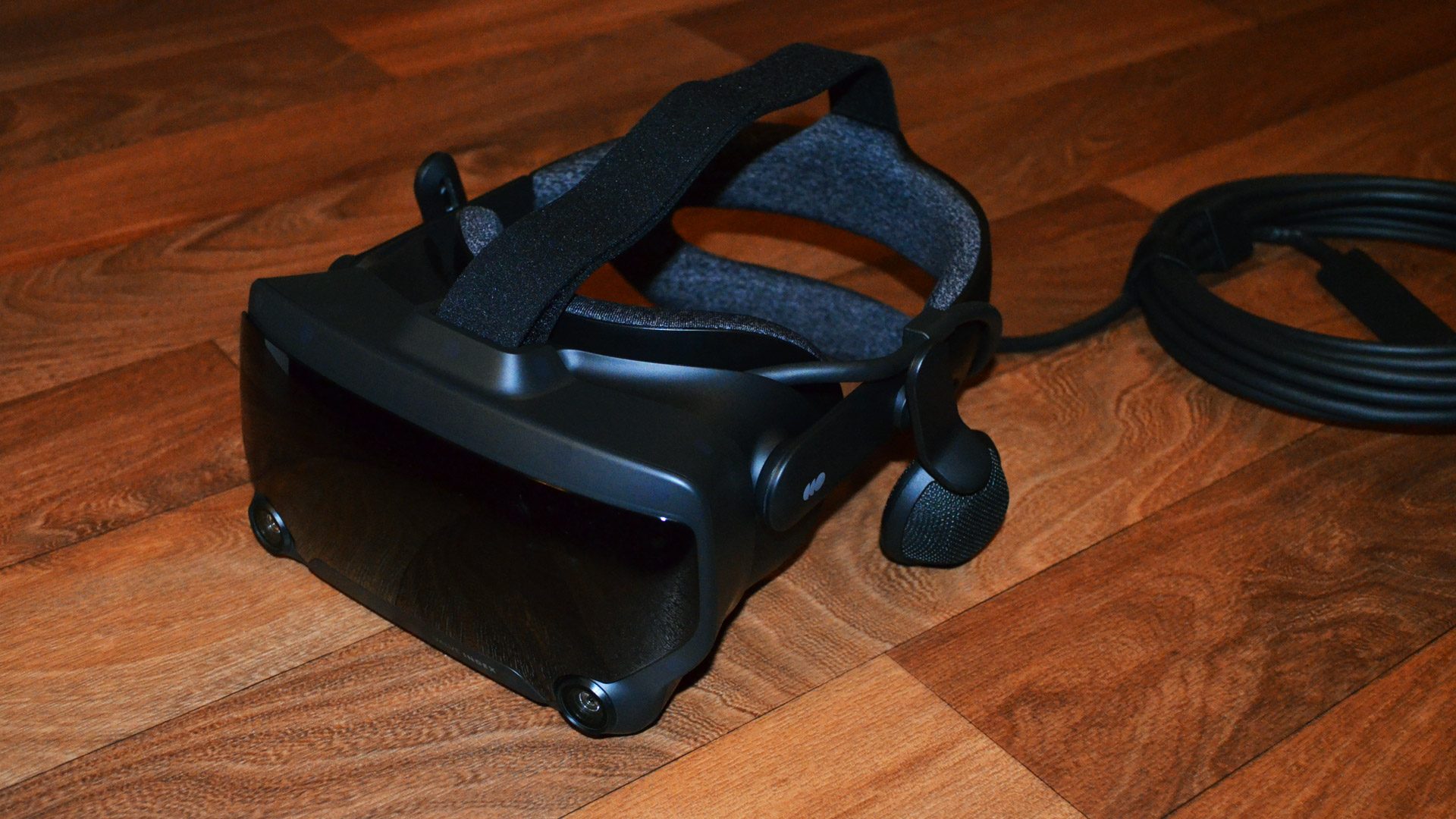Valve Index Pixels Per Eye
Valve Index Pixels Per Eye - The index’s resolution adds together both eyes, so that’s why you’re seeing different aspect ratios. 52 rows average angular pixel density (or ppd) is the average number of pixels displayed per degree of the wearer's vision. Average angular pixel density (or ppd) is the average number of pixels displayed per degree of the wearer's vision. By increasing the render resolution by 1.4, the. At the centre of the field of view, there are 1.4 physical pixels for each rendered pixel. The valve index boasts a resolution of 1440 x 1600. (horizontal resolution * screen utilization percentage) / real world fov. In our visuals tests we explore the headset's clarity and field of view (fov), which can make or break vr immersion. Let’s take a closer look at its impressive hardware and specifications. With these new numbers, we can use the following ppd calculations:
Average angular pixel density (or ppd) is the average number of pixels displayed per degree of the wearer's vision. By increasing the render resolution by 1.4, the. The index’s resolution adds together both eyes, so that’s why you’re seeing different aspect ratios. 52 rows average angular pixel density (or ppd) is the average number of pixels displayed per degree of the wearer's vision. (horizontal resolution * screen utilization percentage) / real world fov. At the centre of the field of view, there are 1.4 physical pixels for each rendered pixel. In our visuals tests we explore the headset's clarity and field of view (fov), which can make or break vr immersion. The valve index boasts a resolution of 1440 x 1600. With these new numbers, we can use the following ppd calculations: Let’s take a closer look at its impressive hardware and specifications.
Average angular pixel density (or ppd) is the average number of pixels displayed per degree of the wearer's vision. The index’s resolution adds together both eyes, so that’s why you’re seeing different aspect ratios. (horizontal resolution * screen utilization percentage) / real world fov. In our visuals tests we explore the headset's clarity and field of view (fov), which can make or break vr immersion. The valve index boasts a resolution of 1440 x 1600. By increasing the render resolution by 1.4, the. Let’s take a closer look at its impressive hardware and specifications. At the centre of the field of view, there are 1.4 physical pixels for each rendered pixel. 52 rows average angular pixel density (or ppd) is the average number of pixels displayed per degree of the wearer's vision. With these new numbers, we can use the following ppd calculations:
Phys' Valve Index EyeTrackVR Hardware by Physics Dude Download free
The index’s resolution adds together both eyes, so that’s why you’re seeing different aspect ratios. In our visuals tests we explore the headset's clarity and field of view (fov), which can make or break vr immersion. By increasing the render resolution by 1.4, the. Average angular pixel density (or ppd) is the average number of pixels displayed per degree of.
Hope for 'Eye Tracking' on the 'Valve Index'? r/valve
52 rows average angular pixel density (or ppd) is the average number of pixels displayed per degree of the wearer's vision. By increasing the render resolution by 1.4, the. Average angular pixel density (or ppd) is the average number of pixels displayed per degree of the wearer's vision. The valve index boasts a resolution of 1440 x 1600. With these.
Valve Index dead pixels r/ValveIndex
By increasing the render resolution by 1.4, the. With these new numbers, we can use the following ppd calculations: In our visuals tests we explore the headset's clarity and field of view (fov), which can make or break vr immersion. The valve index boasts a resolution of 1440 x 1600. Let’s take a closer look at its impressive hardware and.
A wireless Valve Index with insideout tracking would be immense, and
52 rows average angular pixel density (or ppd) is the average number of pixels displayed per degree of the wearer's vision. (horizontal resolution * screen utilization percentage) / real world fov. With these new numbers, we can use the following ppd calculations: At the centre of the field of view, there are 1.4 physical pixels for each rendered pixel. Let’s.
Valve Index
Let’s take a closer look at its impressive hardware and specifications. In our visuals tests we explore the headset's clarity and field of view (fov), which can make or break vr immersion. With these new numbers, we can use the following ppd calculations: At the centre of the field of view, there are 1.4 physical pixels for each rendered pixel..
Valve Index Review The Enthusiast's Choice in VR Headsets
Average angular pixel density (or ppd) is the average number of pixels displayed per degree of the wearer's vision. (horizontal resolution * screen utilization percentage) / real world fov. At the centre of the field of view, there are 1.4 physical pixels for each rendered pixel. 52 rows average angular pixel density (or ppd) is the average number of pixels.
Valve Index Mini Review HighSpec Headset? NookGaming
(horizontal resolution * screen utilization percentage) / real world fov. Average angular pixel density (or ppd) is the average number of pixels displayed per degree of the wearer's vision. At the centre of the field of view, there are 1.4 physical pixels for each rendered pixel. 52 rows average angular pixel density (or ppd) is the average number of pixels.
20 megapixels per eye Google is developing a screen for VR with ten
52 rows average angular pixel density (or ppd) is the average number of pixels displayed per degree of the wearer's vision. (horizontal resolution * screen utilization percentage) / real world fov. By increasing the render resolution by 1.4, the. At the centre of the field of view, there are 1.4 physical pixels for each rendered pixel. Let’s take a closer.
Valve Index dead pixels r/ValveIndex
(horizontal resolution * screen utilization percentage) / real world fov. In our visuals tests we explore the headset's clarity and field of view (fov), which can make or break vr immersion. With these new numbers, we can use the following ppd calculations: The valve index boasts a resolution of 1440 x 1600. Average angular pixel density (or ppd) is the.
Valve index shows dead pixels/audio popping… r/ValveIndex
At the centre of the field of view, there are 1.4 physical pixels for each rendered pixel. The valve index boasts a resolution of 1440 x 1600. By increasing the render resolution by 1.4, the. In our visuals tests we explore the headset's clarity and field of view (fov), which can make or break vr immersion. (horizontal resolution * screen.
The Index’s Resolution Adds Together Both Eyes, So That’s Why You’re Seeing Different Aspect Ratios.
At the centre of the field of view, there are 1.4 physical pixels for each rendered pixel. With these new numbers, we can use the following ppd calculations: 52 rows average angular pixel density (or ppd) is the average number of pixels displayed per degree of the wearer's vision. (horizontal resolution * screen utilization percentage) / real world fov.
The Valve Index Boasts A Resolution Of 1440 X 1600.
Let’s take a closer look at its impressive hardware and specifications. Average angular pixel density (or ppd) is the average number of pixels displayed per degree of the wearer's vision. By increasing the render resolution by 1.4, the. In our visuals tests we explore the headset's clarity and field of view (fov), which can make or break vr immersion.






